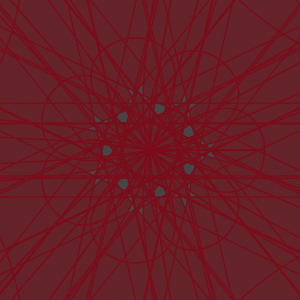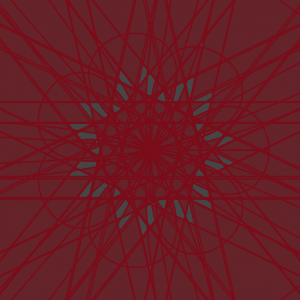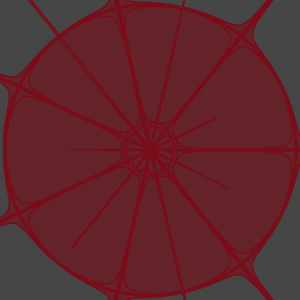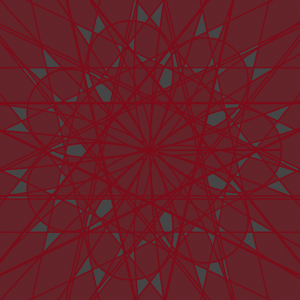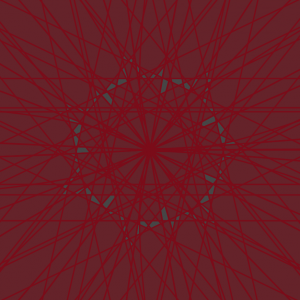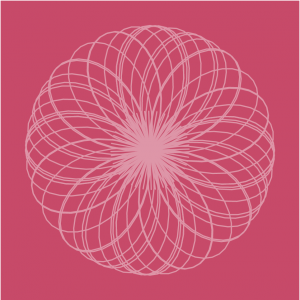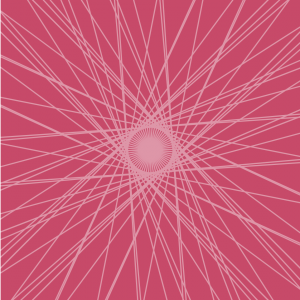function setup() {
createCanvas(480, 480);
}
function draw() {
background(56, 136, 249);
stroke(66, 229, 253);
strokeWeight(5);
noFill();
//shaky box
rect(width/2 - random(118,120), height/2 - random(118,120),
random(238,240), random(235,240));
//draw the hypcocylcoids
push();
translate(width/2, height/2);
drawHypocyclo();
drawCyclo2();
pop();
}
function drawHypocyclo(){ //hypocycloid
var x;
var y;
//big radius
var a = map(mouseX, 0, 480, 50 *.01 * mouseX, 25 * .01 * mouseX);
//lil radius
var b = map(mouseY, 0, 480, 1 * .01 * mouseY, 10 * .01 * mouseY);
var r; //angle
beginShape();
stroke(255);
strokeWeight(1);
for (var r = 0; r < TWO_PI * 10; r += 0.01){
x = (a - b) * cos(r) - b * cos(((a-b)/(b))* r);
y = (a - b) * sin(r) + b * sin(((a-b)/(b))* r);
vertex(x,y);
}
endShape();
}
function drawCyclo2(){
var a = map(mouseX, 0, 480, 50 *.01 * mouseX, 80 * .01 * mouseX);
var b = map(mouseY, 0, 480, 10 * .01 * mouseY, 90 * .01 * mouseY);
beginShape();
stroke(66, 229, 253);
strokeWeight(3);
for (var r = 0; r < TWO_PI * 50; r += 0.01){
x = (a - b) * cos(r) - b * cos(((a-b)/(b))* r);
y = (a - b) * sin(r) + b * sin(((a-b)/(b))* r);
vertex(x,y);
}
endShape();
}
I had a surprising amount of fun with this project once I was able to figure out the math and which variables to apply to which mouse function. It was also a good opportunity for me to finally figure out how the map(); function works, which I really shouldn’t have saved for until now.
While I was playing around on the Mathworld website (wow) I found myself in love with the Hypocycloid and all the different patterns you could get out of it, so I drew two of them. I added the shaky box as a sort of center piece, and I like how it acts as a containment unit for the inner curve.
Here are a couple of states that I really enjoyed from my project.
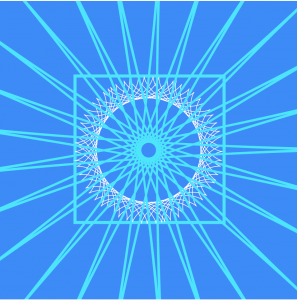
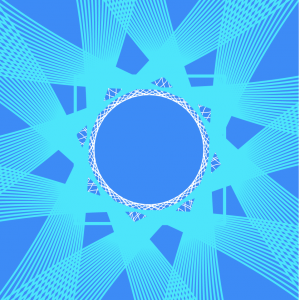
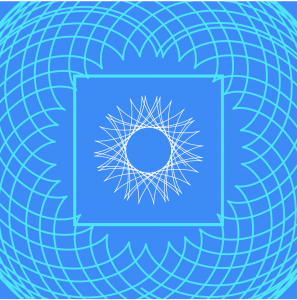

![[OLD FALL 2017] 15-104 • Introduction to Computing for Creative Practice](../../../../wp-content/uploads/2020/08/stop-banner.png)
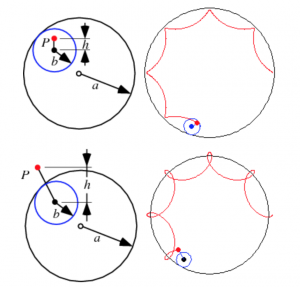
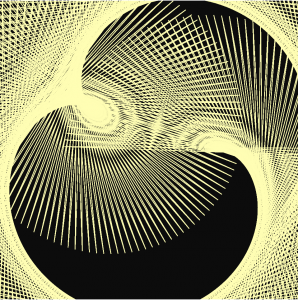
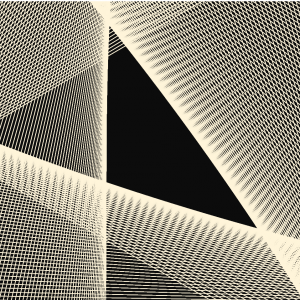
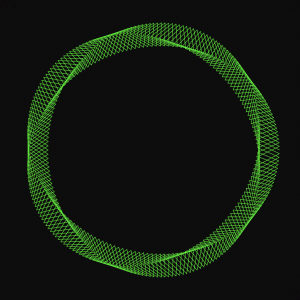
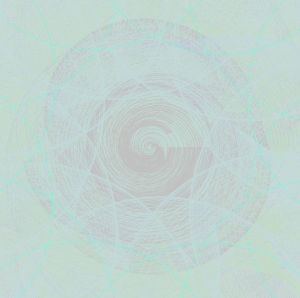
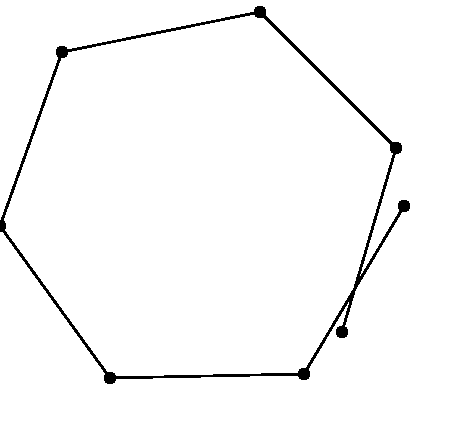
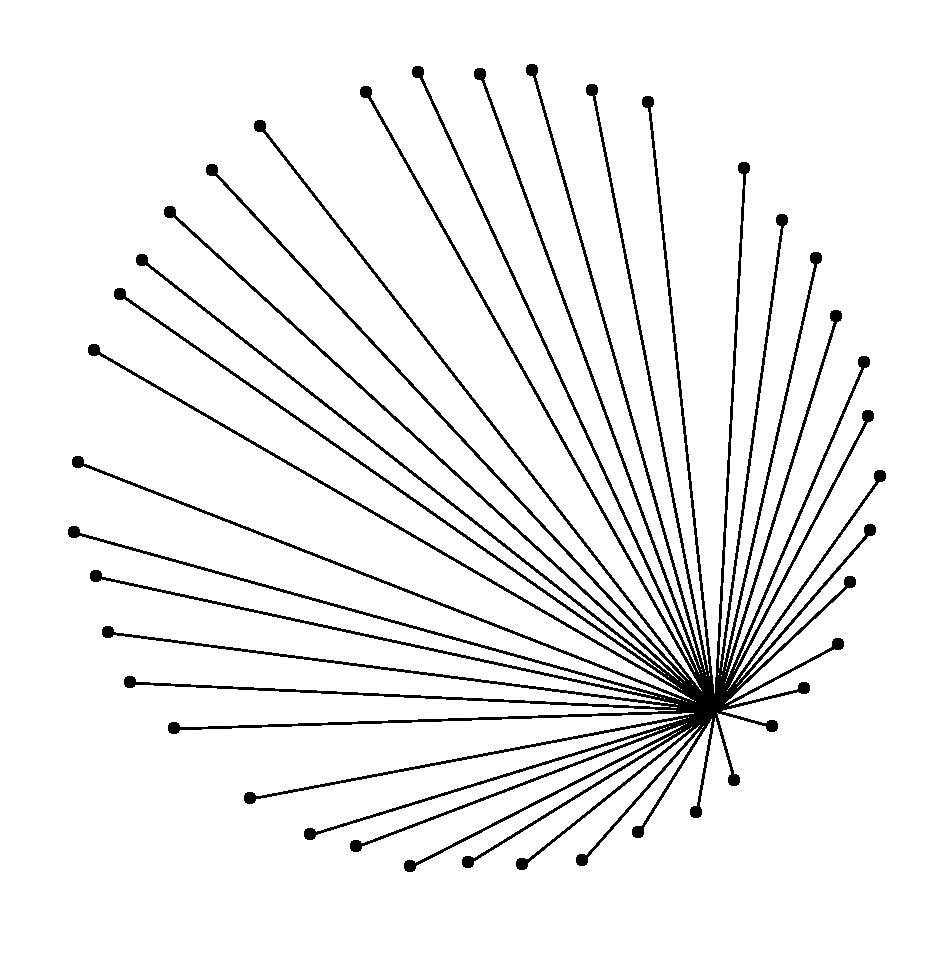
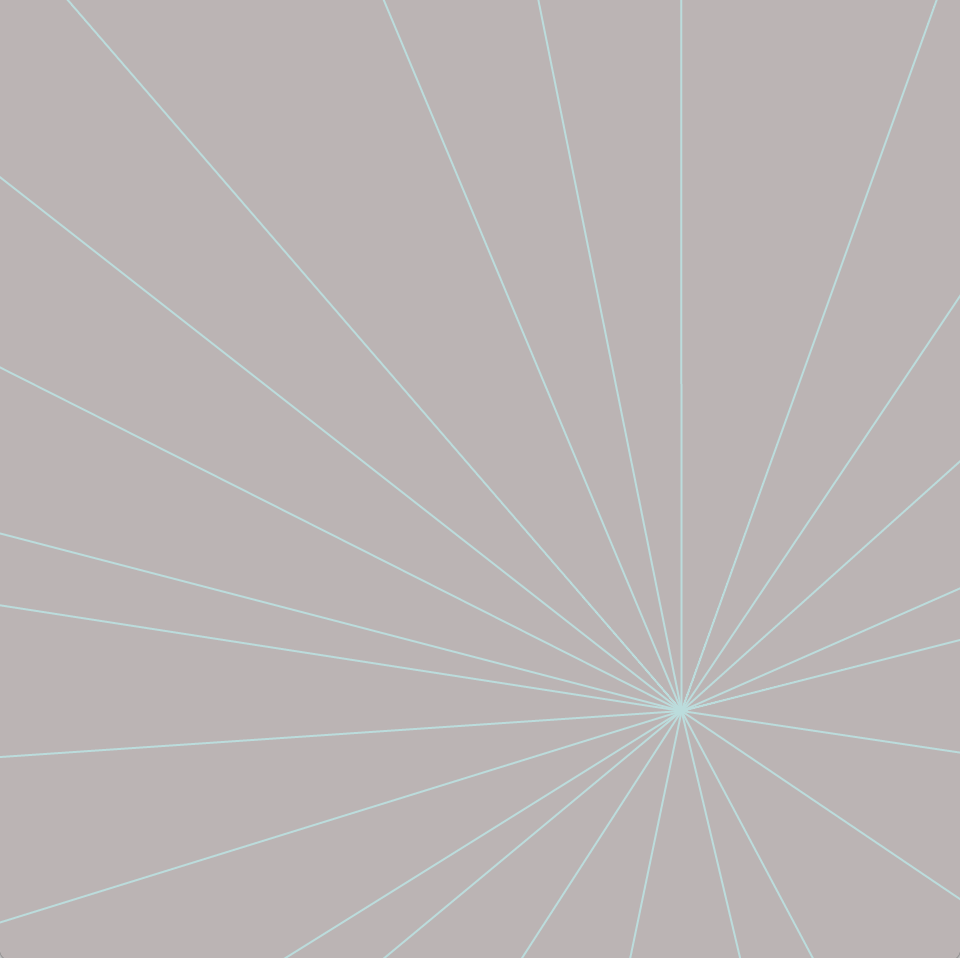
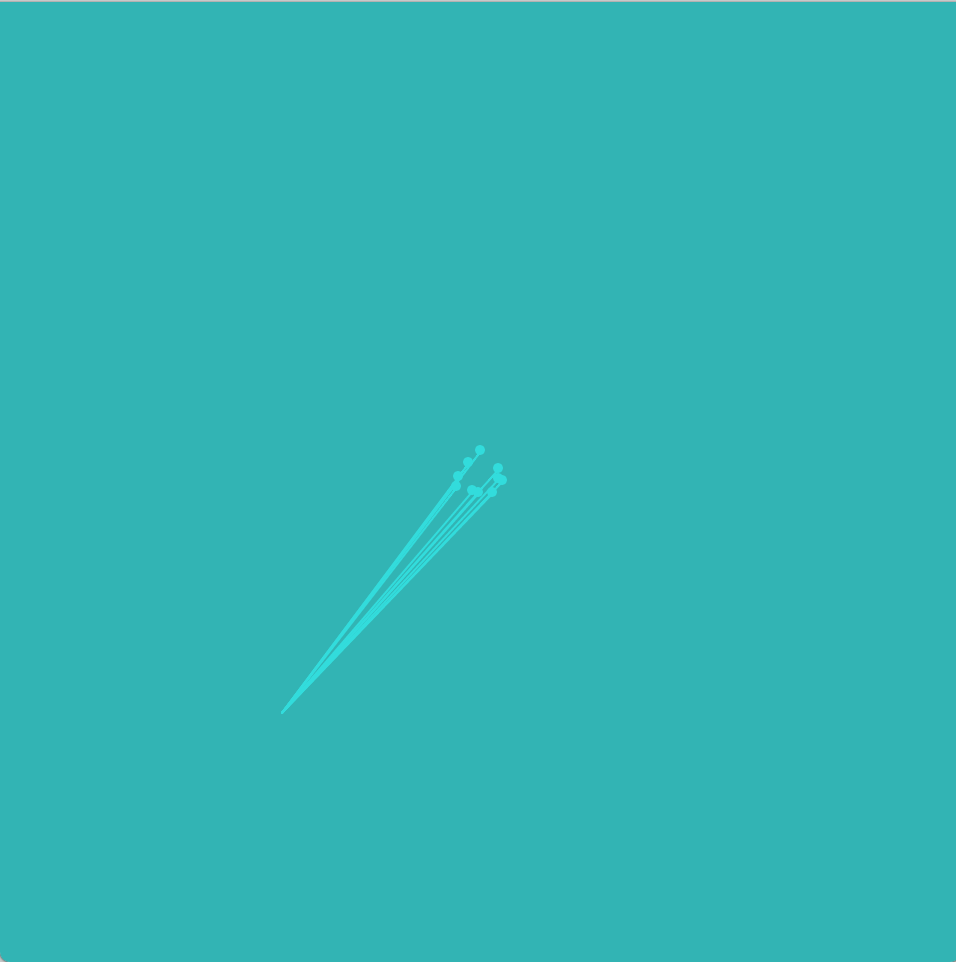

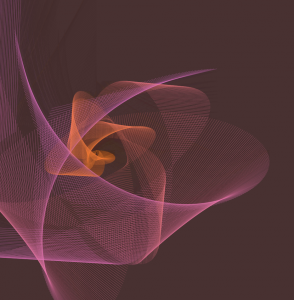
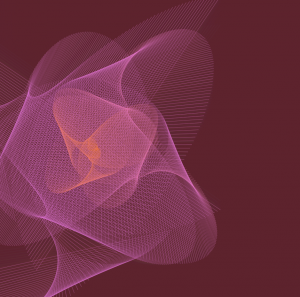
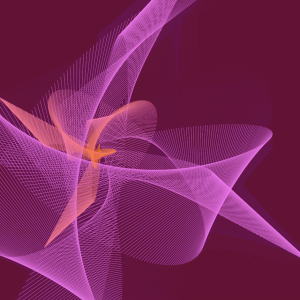
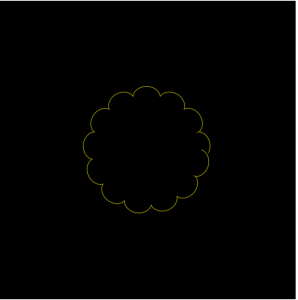
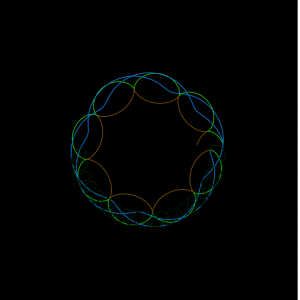

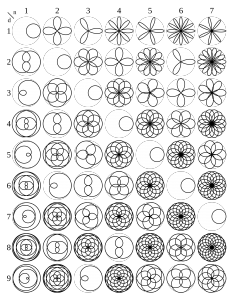 However, the addition of the interactive quality using mouseX and mouseY led to forms that are more fascinating and intricate than the stagnant rose. I’m glad that the project requirement pushed me to enable a broader range of possible compositions.
However, the addition of the interactive quality using mouseX and mouseY led to forms that are more fascinating and intricate than the stagnant rose. I’m glad that the project requirement pushed me to enable a broader range of possible compositions.